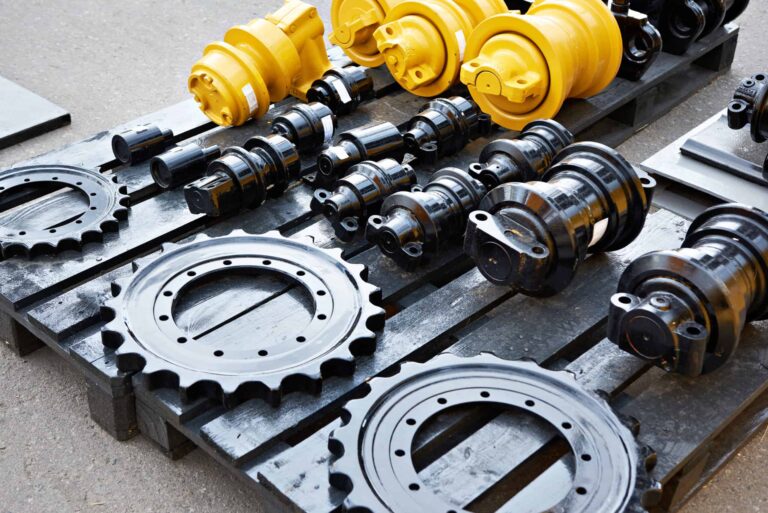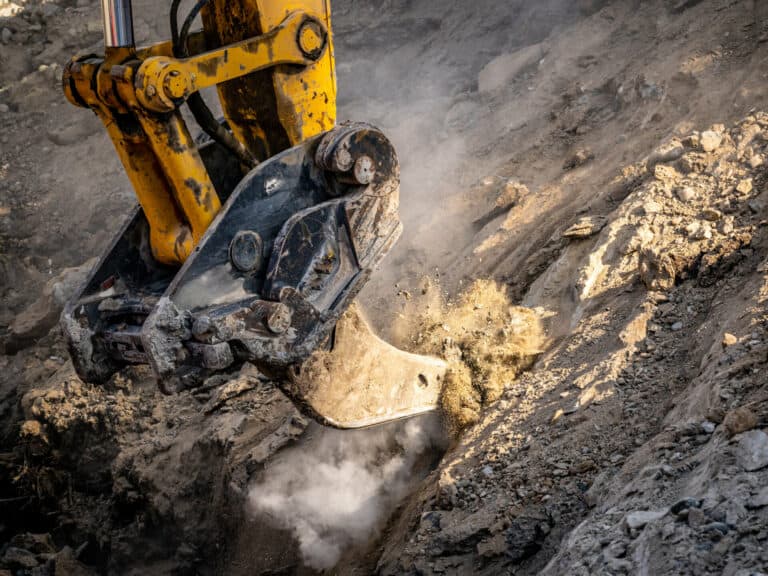Embracing the Electric Revolution
A New Era in Construction
The unmistakable shift towards electric propulsion is transforming industries far and wide. Electric cars now grace our highways, with almost every automaker developing or planning electric alternatives. Charging stations have become a ubiquitous sight in parking garages, underlining the enduring nature of this trend. Across the globe, reducing emissions is a shared global objective, and politicians are placing the transition away from nonrenewable resources at the top of their agendas. However, this monumental shift is not exclusive to the domain of on-road vehicles. It’s reverberating in the heavy equipment sector as well. Major equipment manufacturers such as CAT, Komatsu, Volvo, and more are already making significant strides in this direction. These industry leaders recognize the burgeoning demand for electric machinery on construction sites and are committed to staying at the forefront of this electrifying transformation. It’s not a passing trend but rather an industry poised for significant growth.
The Current Landscape of Electric and Hybrid Construction Equipment
The landscape surrounding electric and hybrid construction equipment is undergoing a rapid transformation. Manufacturers are channeling substantial resources into research and development to create electric alternatives for various applications. Electric excavators, bulldozers, loaders, and hybrid variants are just a few examples of machinery currently undergoing electrification.
Major players in the heavy equipment manufacturing arena, such as CAT, Komatsu, and Volvo, are spearheading the electrification movement. They are keenly aware of the growing demand for cleaner, more efficient machinery on construction sites and are determined not to lag behind. This isn’t merely a trend; it’s an industry poised for significant expansion.
Electric and hybrid equipment is gaining popularity not only for its environmental benefits but also for its performance advantages. These machines are quieter, generate less heat, and offer precise control, making them ideal for various applications, including urban construction projects.
The Advantages of Electric and Hybrid Construction Equipment
One of the most compelling arguments in favor of electric and hybrid construction equipment is its environmental impact. Electric machines produce zero on-site emissions, contributing to a reduction in pollution and greenhouse gas emissions, thus aligning with global efforts to combat climate change.
Electric and hybrid equipment can often be more cost-effective in the long run. Lower fuel and maintenance costs result in substantial savings over the equipment’s lifespan.
Electric and hybrid equipment offers improved performance and precision, enhancing efficiency and productivity on construction sites. Quieter operation also minimizes noise pollution, particularly in urban areas.
Stricter emissions regulations in many regions make electric and hybrid construction equipment an attractive option for compliance. Businesses that switch to these alternatives can avoid penalties while also reducing their environmental footprint.
Challenges on the Path to Electrification
One of the primary challenges confronting the electrification of construction equipment is the lack of charging and support infrastructure. Unlike electric cars, which can rely on a network of public charging stations, heavy equipment often operates in remote areas where charging infrastructure is sparse.
The initial purchase cost of electric and hybrid construction equipment can be higher than that of their diesel or gasoline counterparts. This upfront expense can be a barrier to adoption for some businesses, despite the long-term cost savings.
Battery technology, while advancing rapidly, still faces limitations in terms of energy density, weight, and charge time. These limitations can impact the practicality of electric and hybrid construction equipment for certain applications.
Opportunities for Innovation and Growth
Investments in charging infrastructure are essential for the widespread adoption of electric and hybrid construction equipment. Companies and governments can collaborate to establish charging networks that cover construction sites, ensuring easy access to charging facilities.
Governments and industry organizations can offer financial incentives, tax breaks, or grants to encourage businesses to transition to electric and hybrid construction equipment. These incentives can help offset the initial purchase cost, making electrification more appealing.
Continued research and development efforts should focus on improving battery technology. Breakthroughs in energy density, charging speed, and battery lifespan will make electric and hybrid construction equipment even more attractive and practical.
The Future of Electric and Hybrid Construction Equipment
The electrification of construction equipment is not a fleeting trend; it’s a growing industry with significant potential. As charging infrastructure expands, costs decrease, and battery technology improves, the adoption of electric and hybrid construction equipment is poised for rapid growth.
The transition to electric and hybrid construction equipment aligns with broader sustainability goals. It reduces emissions, minimizes environmental impact, and helps combat climate change, making it a cornerstone of a more sustainable future.
Government regulations will play a substantial role in driving the adoption of electric and hybrid construction equipment. Stricter emissions standards and incentives for electrification will encourage businesses to make the switch.
Paving the Way to a Cleaner, More Efficient Construction Industry
The electrification of construction equipment is not a far-off vision; it’s a reality unfolding before our eyes. With major manufacturers leading the way and a growing demand for cleaner, more efficient machinery, the future of construction equipment is electric and hybrid. While challenges such as limited infrastructure and upfront costs exist, opportunities for innovation and growth are equally prevalent. The synergy between electric and hybrid construction equipment empowers the industry to embrace sustainability and efficiency, ultimately leading to more productive and environmentally friendly construction sites. As the industry charges forward into this electrified future, it’s clear that construction is entering a new era of innovation and responsibility.



